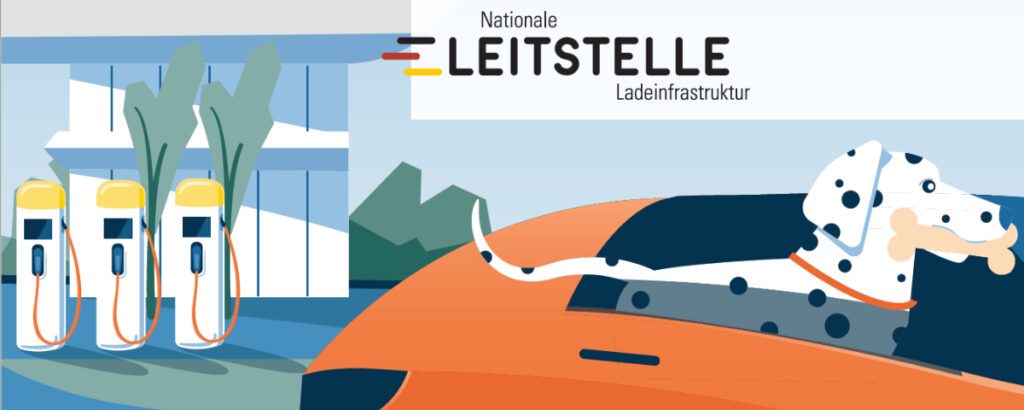Study: “Charging infrastructure after 2025/2030 – scenarios for the market ramp-up”
November 19, 2020 | How much and, above all, what kind of charging infrastructure for e-mobility needs to be installed in Germany by 2030? This question was investigated by RLI on behalf of the Federal Ministry of Transport and Digital Infrastructure (BMVI) and the National Control Center Charging Infrastructure (Leitstelle Ladeinfrastruktur) under the umbrella of NOW GmbH.
Charging infrastructure is a basic prerequisite for electrified transport
The German government has set itself the goal of reducing CO₂ emissions in Germany by 55 percent by 2030 compared to 1990. This goal can only be achieved if emissions in the transport sector are significantly reduced: through broad-based electrification of transport. The results of the study should provide a scientific basis for planning the charging infrastructure in line with demand.
The results at a glance:
- The number of e-vehicles may increase even more by 2030 than currently assumed – this is shown by the confidential data provided by the car manufacturers surveyed. Up to 14.8 million battery electric e-vehicles and plug-in hybrids could be registered in Germany in 2030.
- The proportion of private charging processes is forecast to reach 76 to 88 percent by 2030, while the proportion of public charging processes will reach 12 to 24 percent. In 2030, a charging point may be available at around 61 percent of private parking spaces at home.
- Whether at work, while shopping or on vacation, every single charging situation is important. Away from private parking spaces, street space will play a key role. At the roadside and public parking lots, a demand for 420.000 charging points was determined.
- The demand for publicly accessible charging infrastructure in 2030 is between 440,000 and 843,000 charging points. The number depends on how much private charging infrastructure will be available and how busy this charging infrastructure is, but also on the charging behavior of the users.
Interdependencies instead of quotas
For the study, the methodological approach of “charge use-cases” was used, which does not, as usual, set a fixed quota of charging points for the total number of e-vehicles, but rather relates the different charging situations (at home, on the road, fast charging, slow charging, etc.) to each other and takes into account their interdependence. The focus of the considerations is therefore not the number of e-vehicles, but the amount of energy that is required for charging. This approach makes it possible to take into account new technical developments such as charging at higher power levels (HPC charging) and focuses on the needs of the users.
Press release of The National Organisation Hydrogen and Fuel Cell Technology
Full study of the National Control Center Charging Infrastructure (in German)
Factsheet of the National Control Center Charging Infrastructure (in German)
